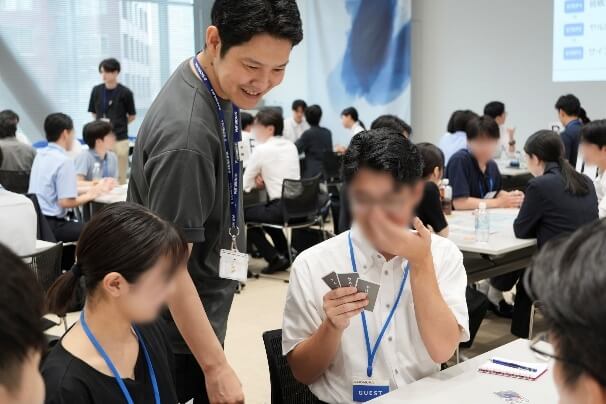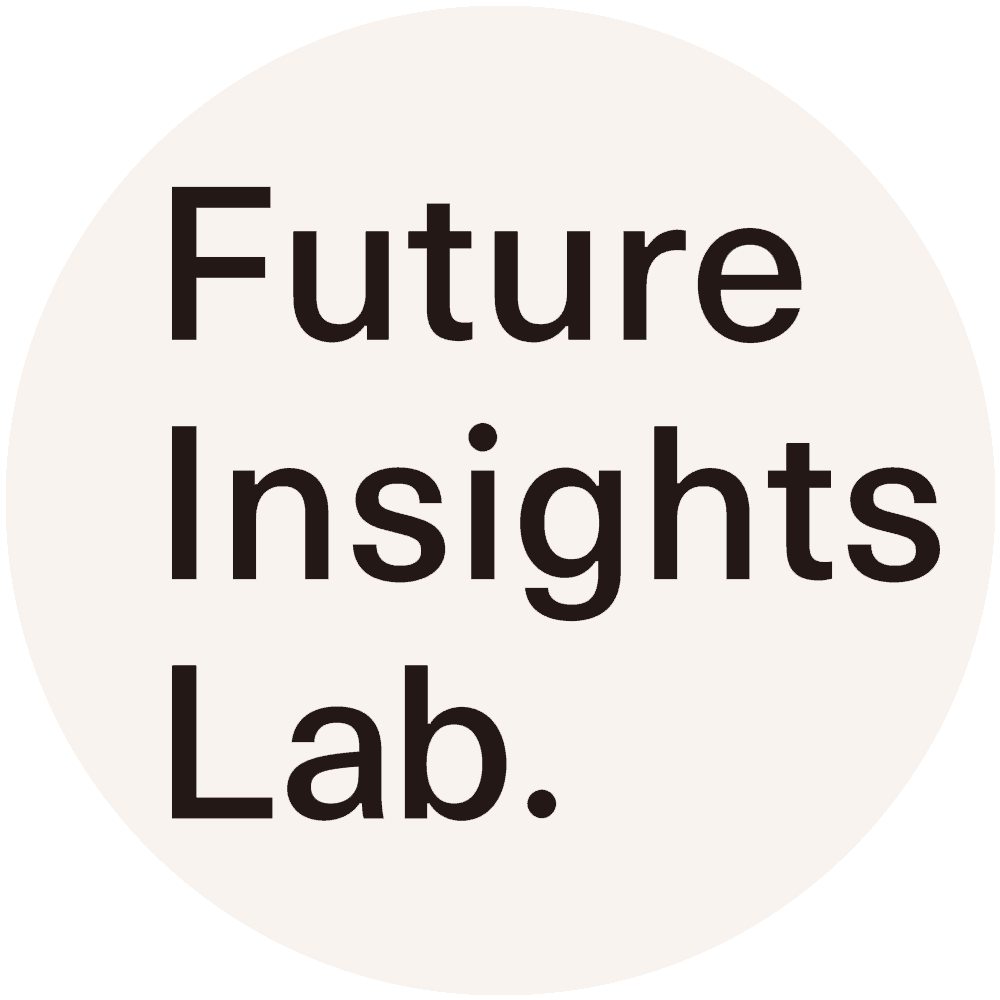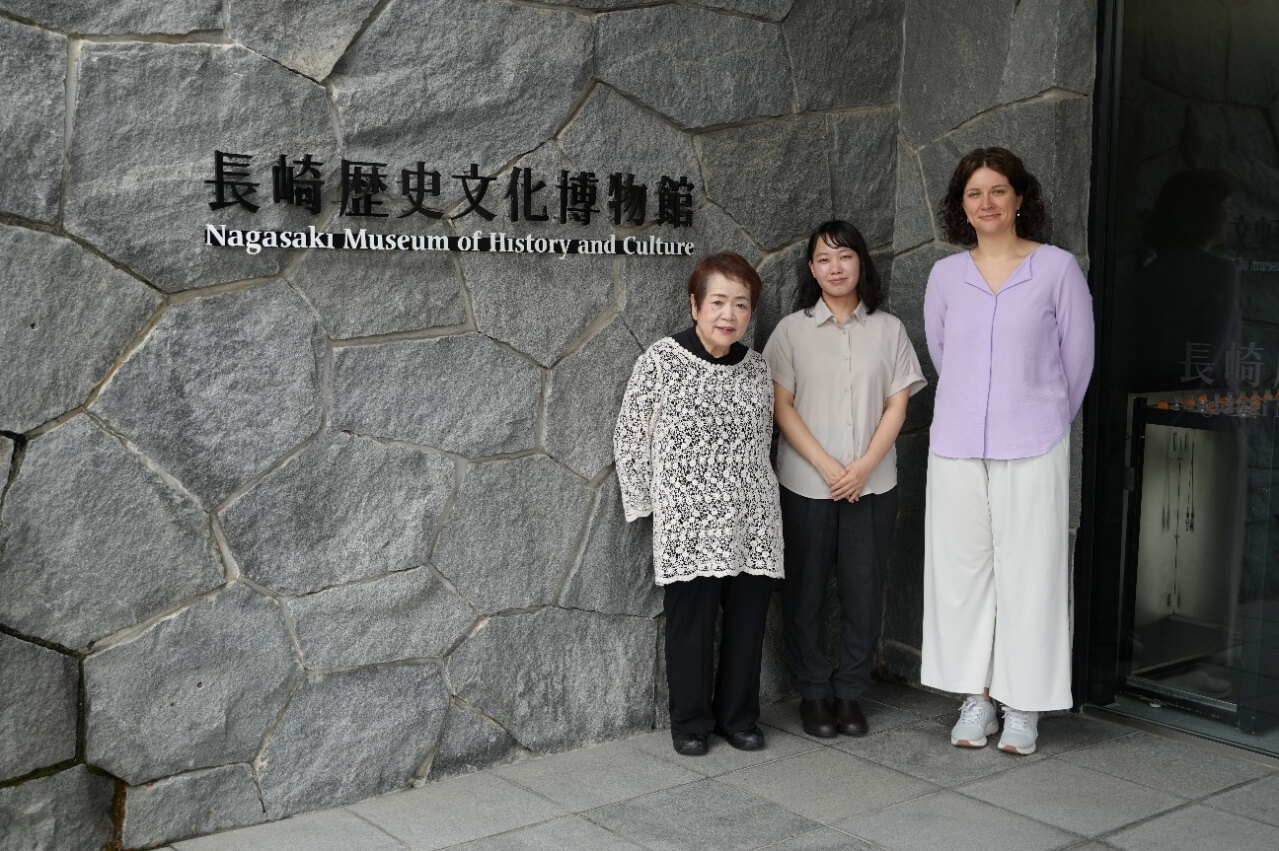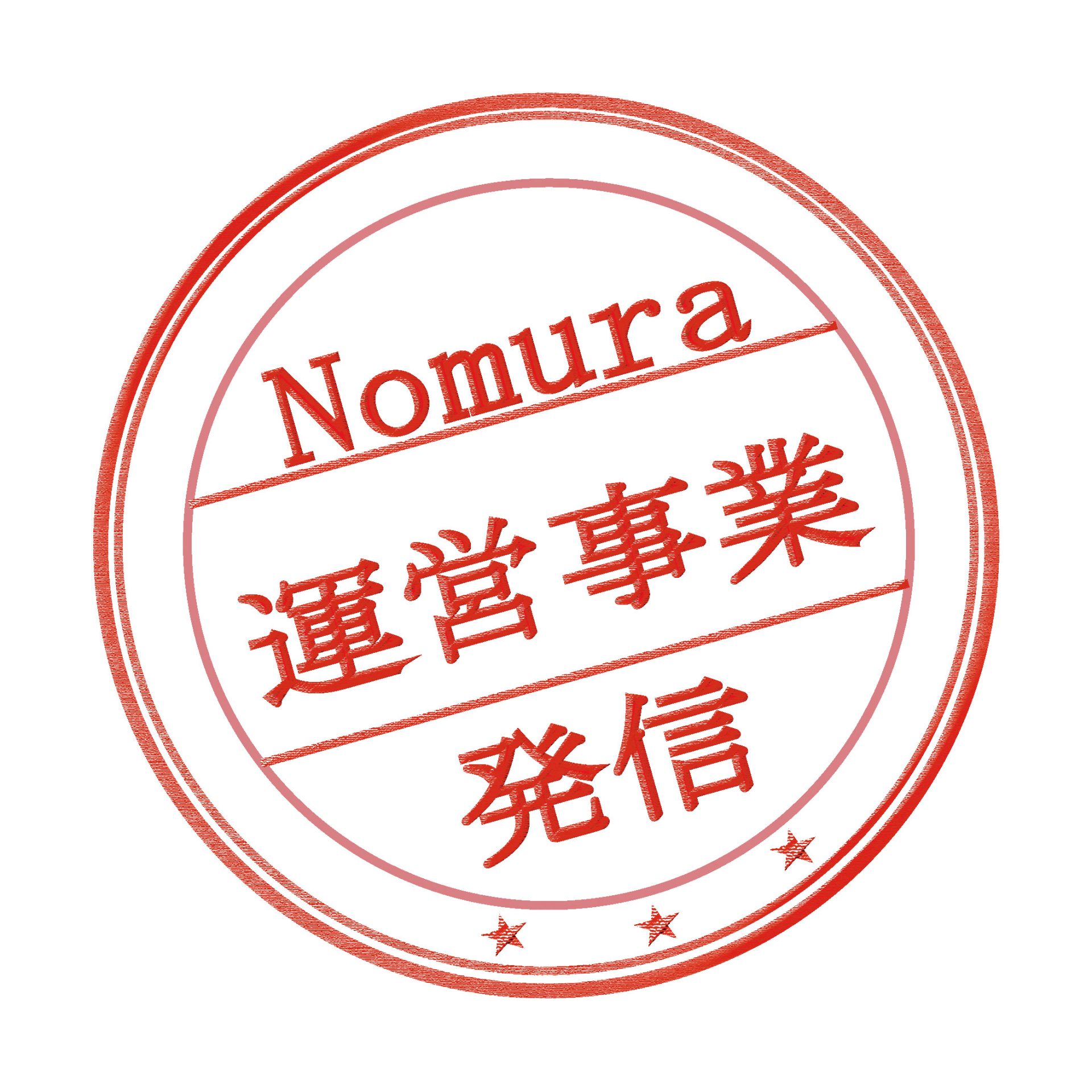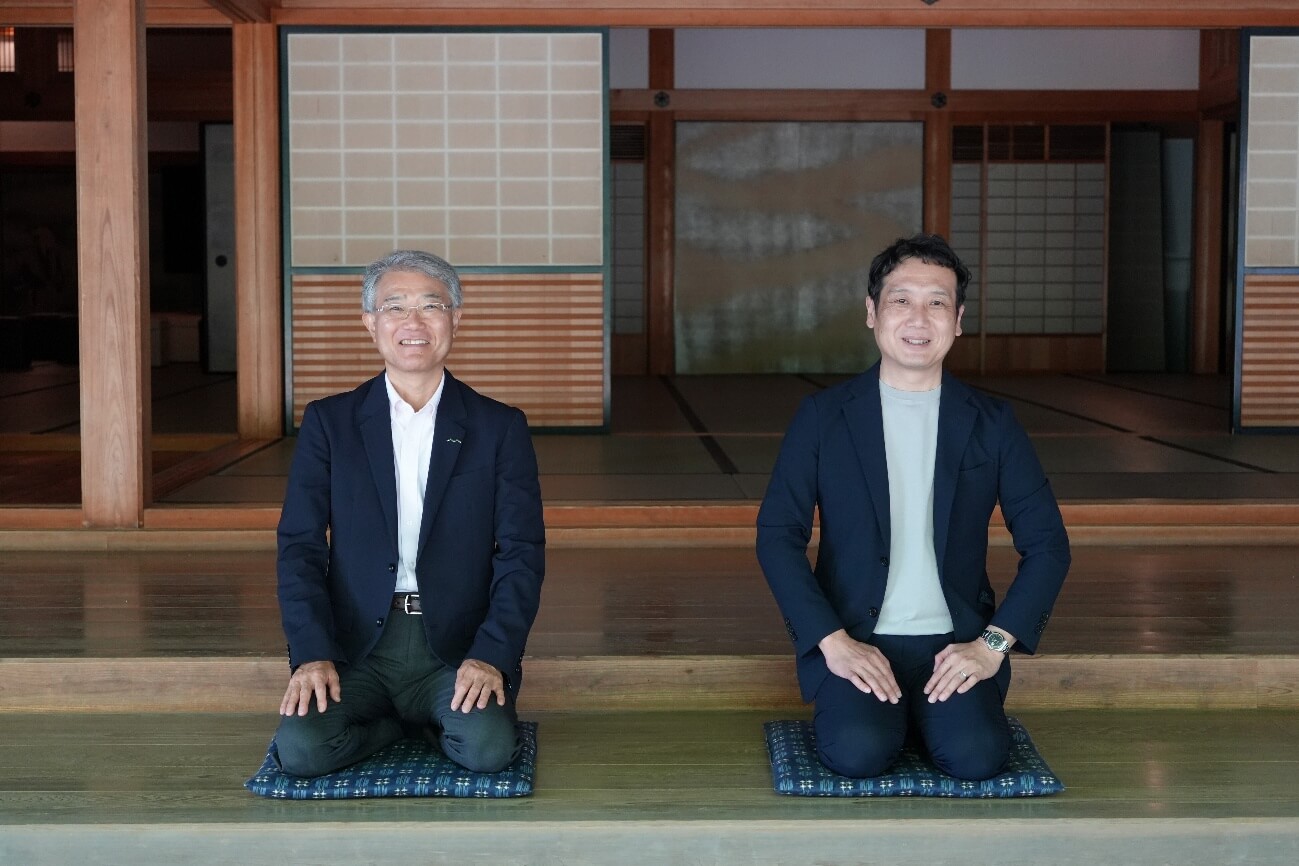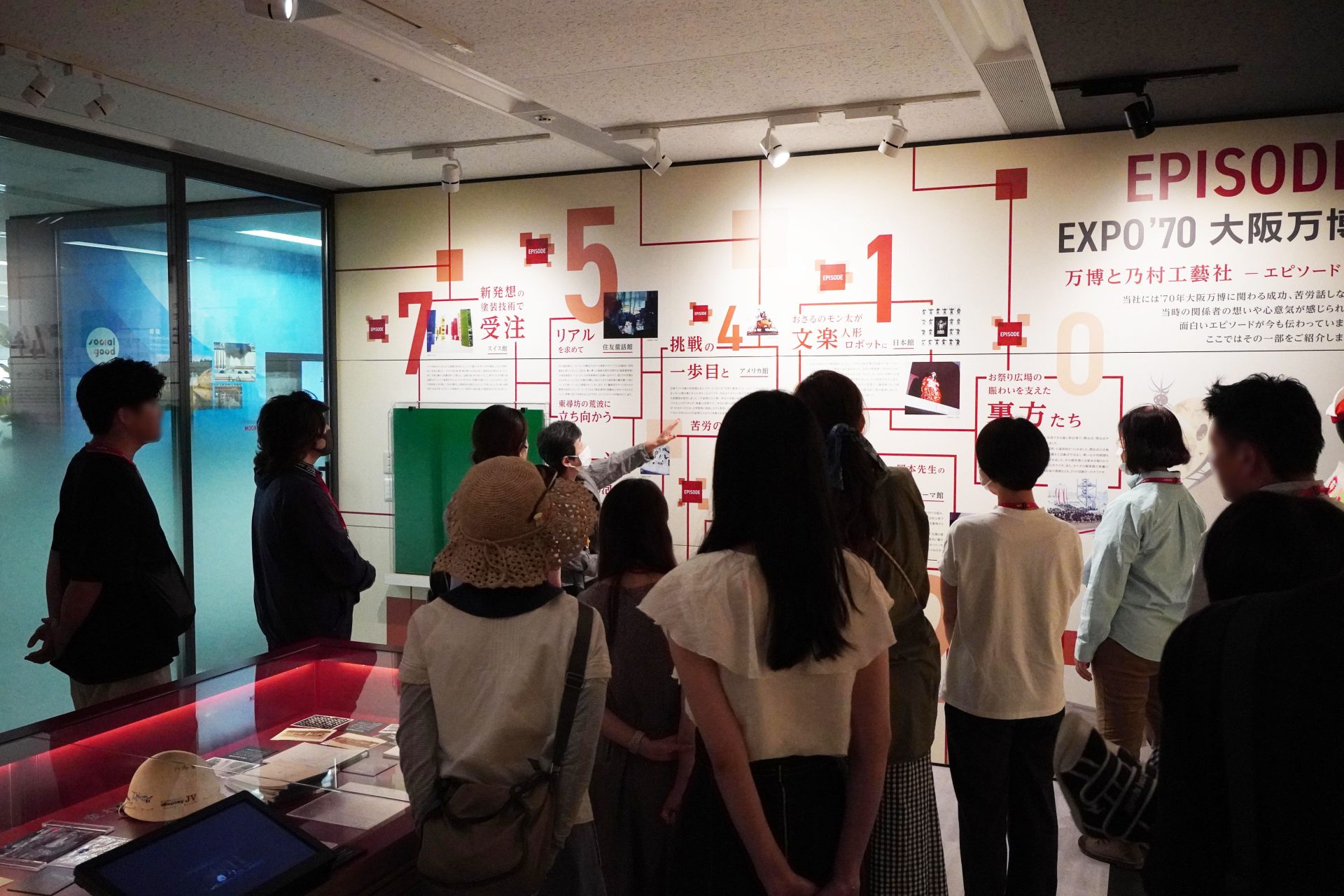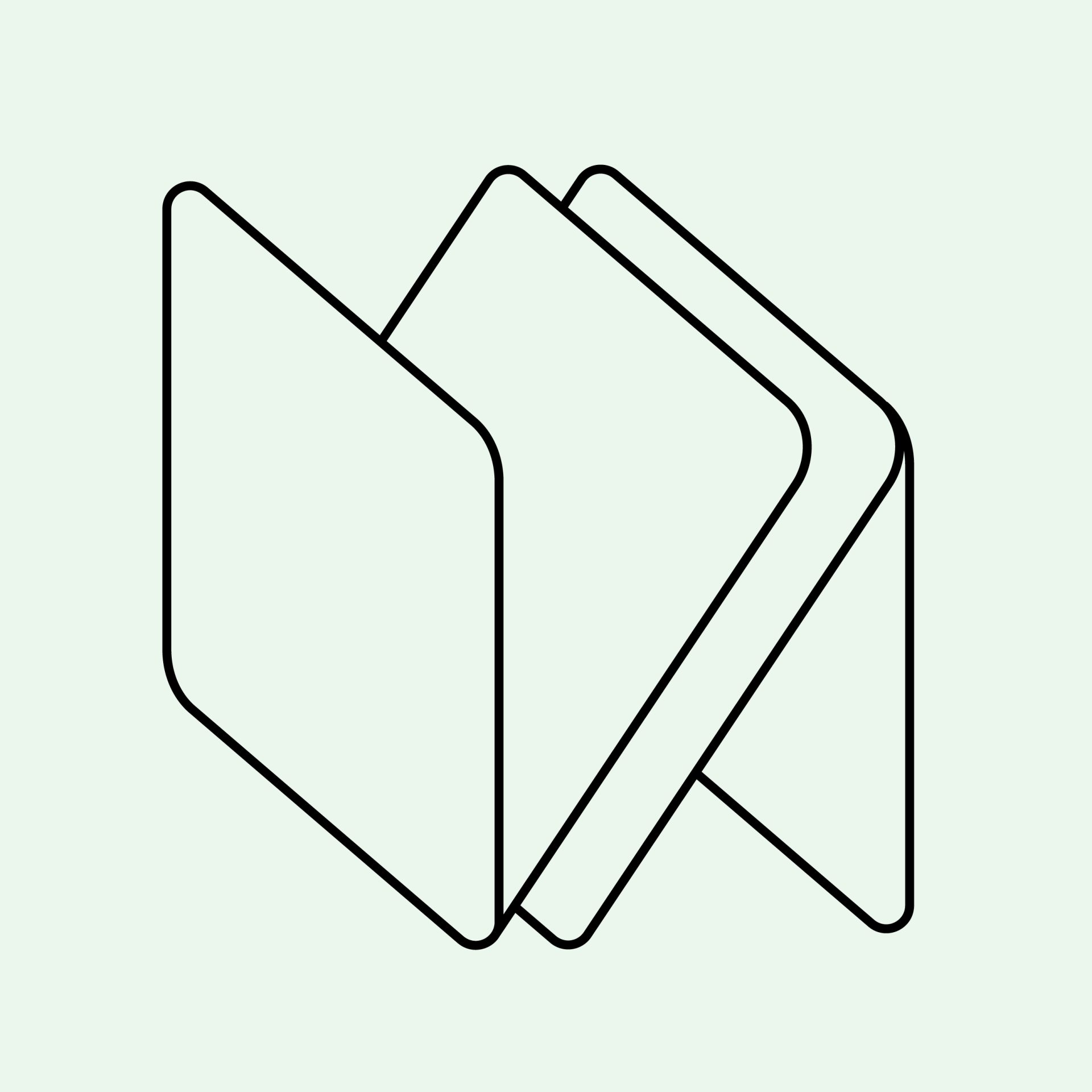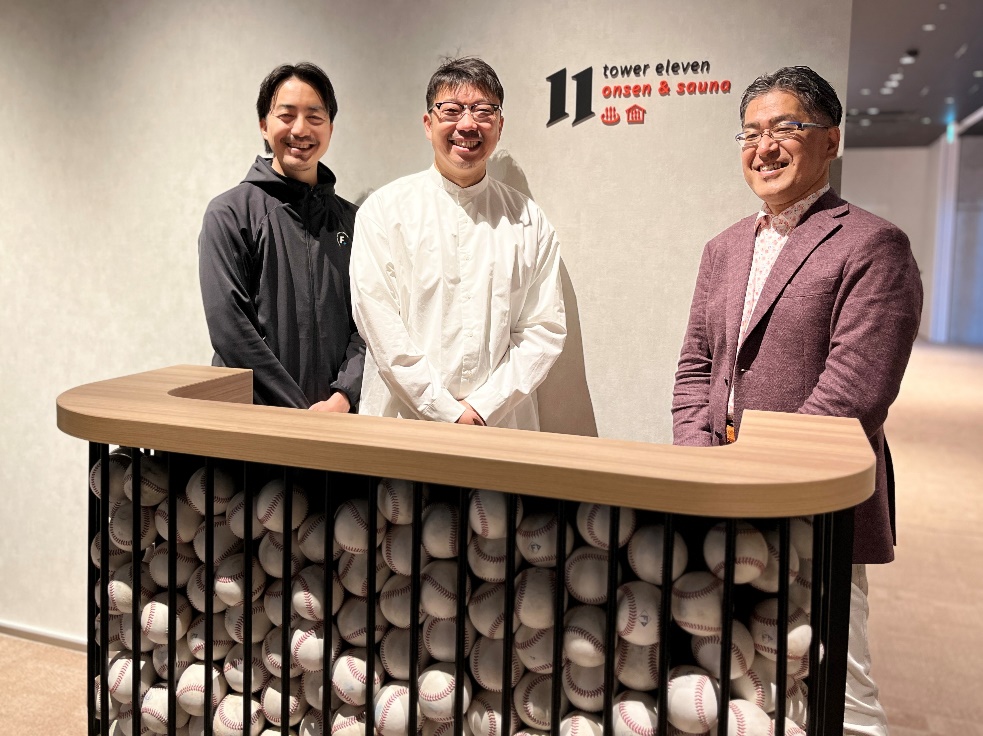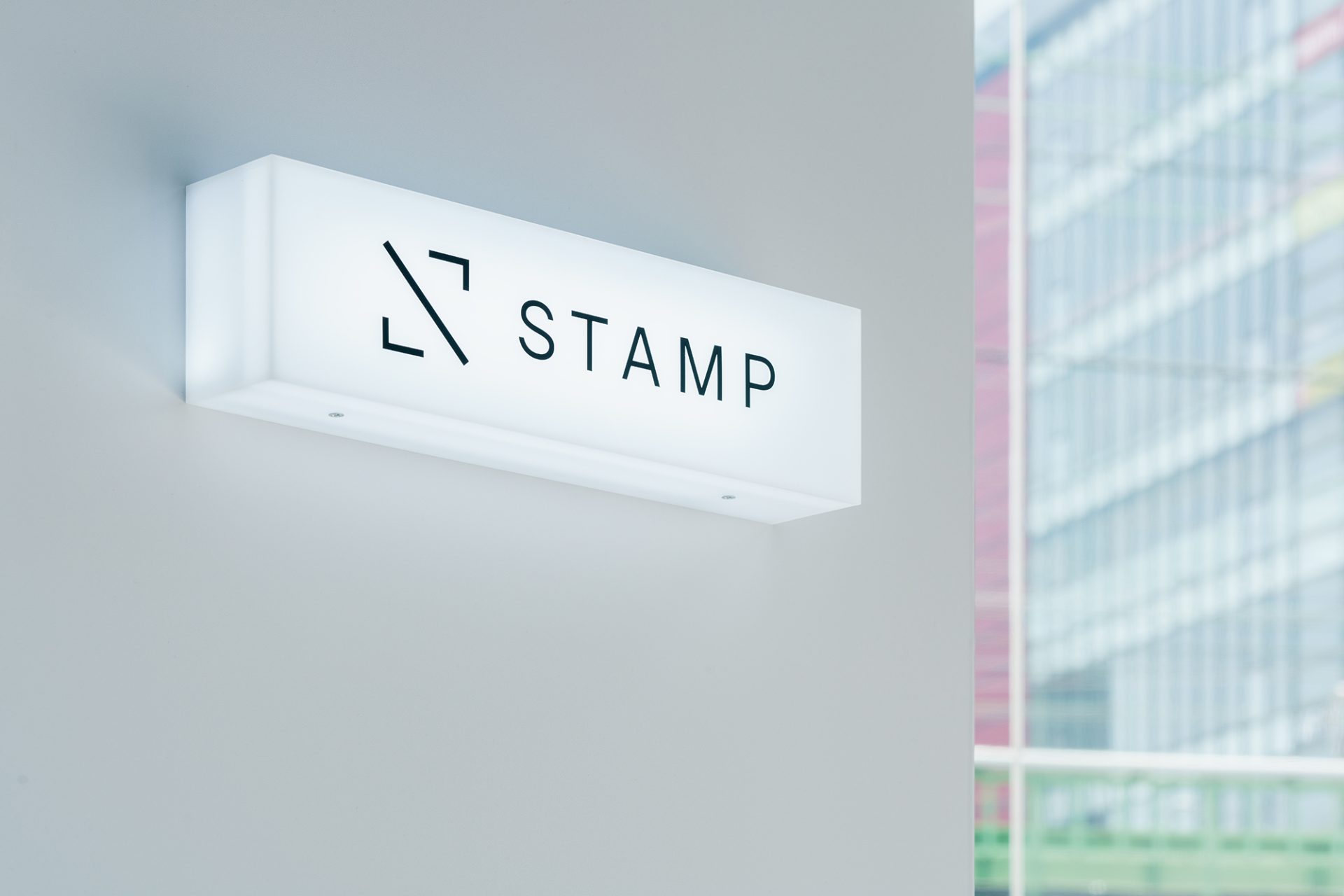
Future customer relationships and the value of physical stores that D2C brands envision (Part 2)
2021/09/08- text and edit by
- Takahito Abe
This article is based on the theme of "the future of the spatial business", and through interviews with pioneers and challengers and the transmission of their own ideas, we are planning to redefine the future value of space and consider the possibilities of the spatial business.
In this second interview, we will focus on the new business "STAMP" of Japan's leading D2C company FABRIC TOKYO. In the first part, we interviewed Tomoyo Takeuchi of FABRIC TOKYO's new business planning office about the background to the launch of the business and the development of services unique to D2C that crosses online and offline. (Click here for the first part)
In the second part, I would like to ask Mr. Takahashi, who is in charge of public relations at FABRIC TOKYO, about the business development and experience so far, and future challenges, while digging deeper into the value and role of the space that the D2C brand envisions.
D2C brand characteristics
The main feature of D2C brands is that they sell products directly to consumers. By providing products without going through e-commerce malls or intermediaries, sales commissions, shipping costs, costs related to order processing and return processing can be kept to a minimum with appropriate measures. . Due to the characteristics of this service, it has been attracting more and more attention since the coronavirus pandemic.
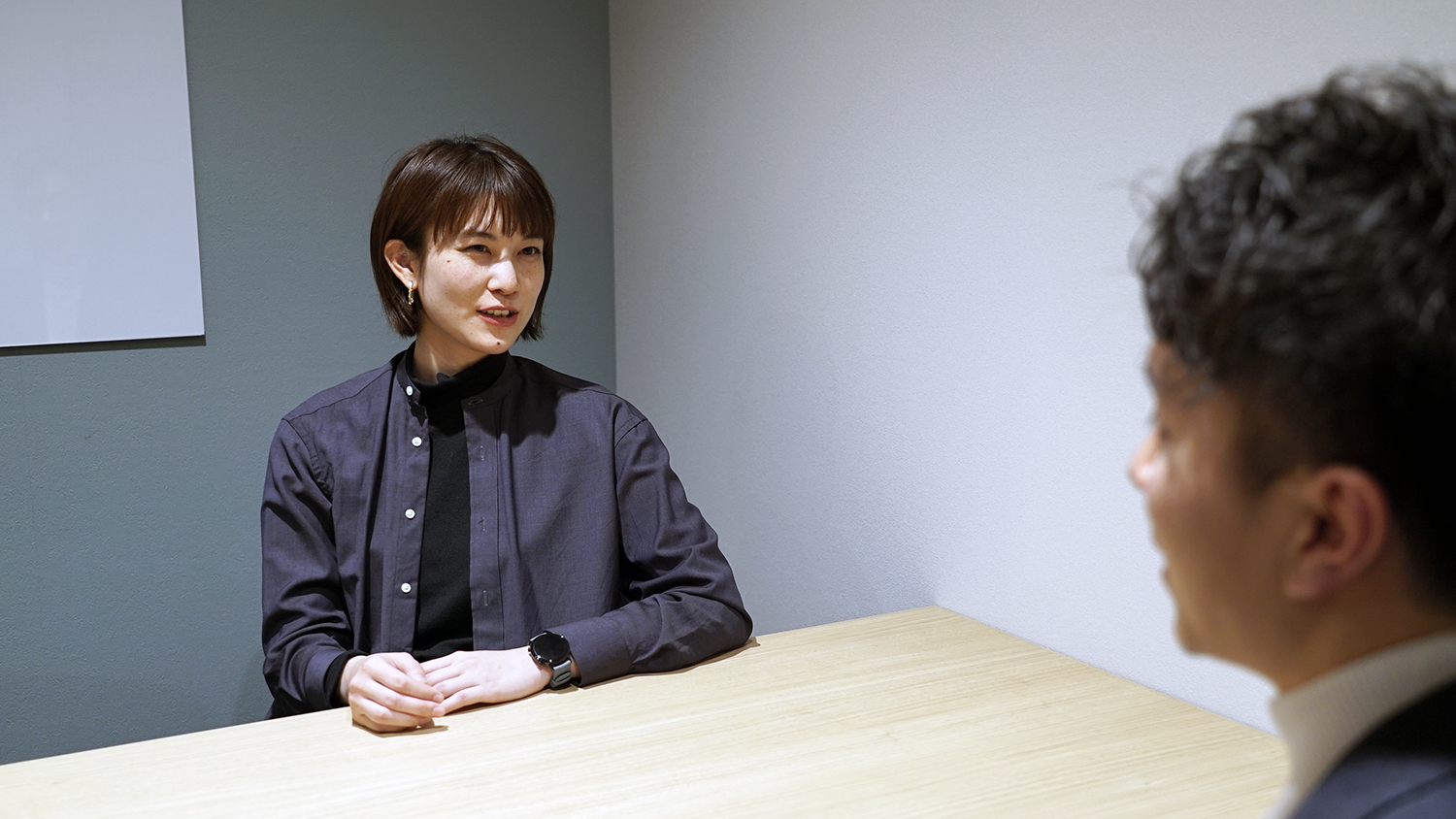
Tomoyo Takeuchi / FABRIC TOKYO New Business Planning Office
Joined FABRIC TOKYO Co., Ltd. in 2018. Utilizing his experience in his previous job in the apparel industry, he has demonstrated his skills in the production and operation departments at FABRIC TOKYO. In 2019, he moved to the New Business Planning Office. From the launch of the STAMP business to service updates to this day, it plays a central role.
Development approach unique to D2C brands
New product development using user data
Ex B
Are there any moves to develop new products that utilize the user measurement data that has been accumulated so far and the big data that is the population population?
Takeuchi
Currently, FABRIC TOKYO accumulates and manages customer data of nearly 100,000 people. Some are quantitative, such as measurement data, while others are qualitative, such as user requests and tastes. It is possible to calculate the average value of body characteristics from the data of 100,000 people, which is also applied to STAMP's jeans pattern design.
Takahashi
In the case of FABRIC TOKYO, I think the made-to-order service for "polo shirts", which was developed as a new product line in the summer, would be applicable.
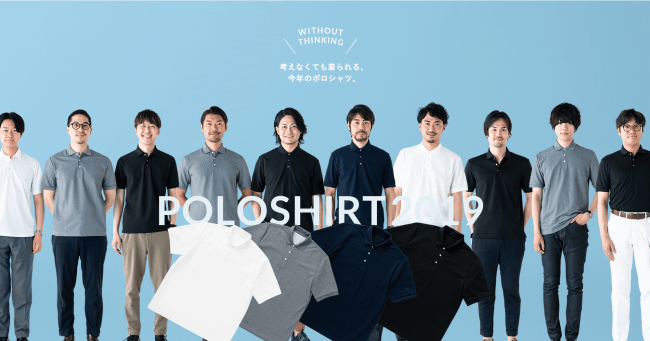
Polo shirts are in high demand as business wear in the summer, but there are various problems such as the size not being just right, the material feeling too casual and not suitable for business occasions, and the large logo making it difficult to use in the workplace. was lurking. In response to such voices, it is now possible to deliver a polo shirt that fits well without worrying about it.
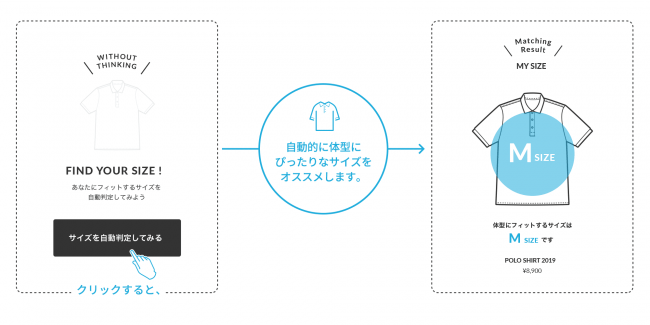
In the case of STAMP, the measurement data is 3D data by machine measurement. Having 3D data of the whole body from head to toe means that we can utilize data with a large amount of information.
In terms of lineup development, at first there was only one pattern of jeans silhouette, but based on requests from users, we used accumulated size data to build new silhouettes and suit users. We have developed polo shirts that are perfect for formal occasions. "STAMP_dev", which started last year, has also started trying to actually develop new products with user participation using Slack.
Ex B
We will expand product categories by utilizing user data. It's a development approach unique to D2C that runs side by side with users.
Challenges and Possibilities of Personal Data
Ex B
What impressed me most when I scanned the product at the physical store was that the measurement data was not displayed inorganically as numbers, but that my own body was converted into 3D data and displayed organically. Moreover, you can operate it around and see it in 360 degrees from the front and back. At that moment, I was stunned by the reality that my body, which I used to have confidence in, became more sloppy than I imagined (laughs). I could feel
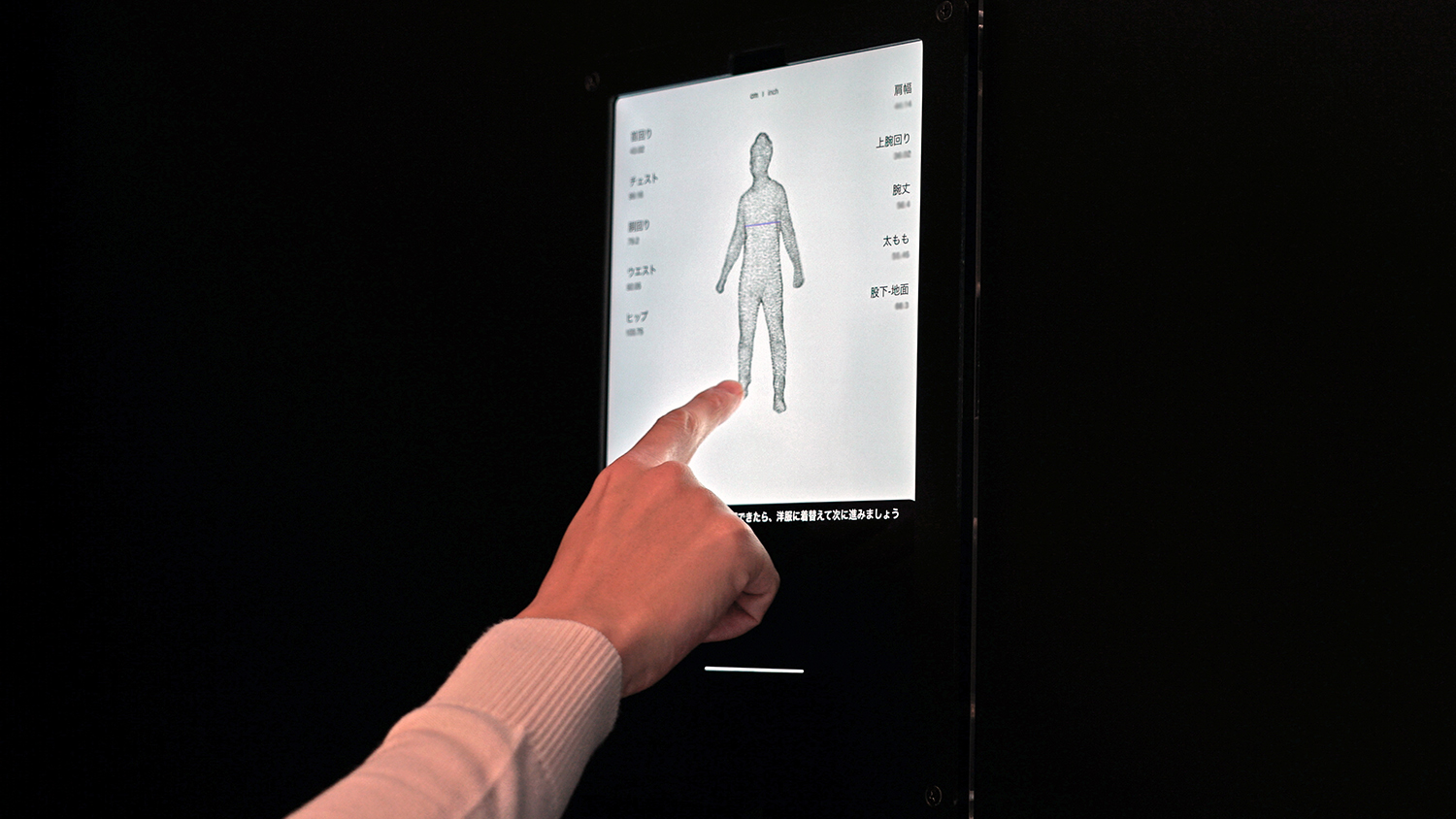
Takahashi
(laughs) This is also common to FABRIC TOKYO, but the behavior after experiencing the STAMP scan box is roughly divided into 3 patterns.
The first is those who naturally proceed to the order,
The second is for those who can finish with just a scanning experience, saying "I see, this is what it is"
The third is those who are reluctant to face their own body data and say, "I'll order it again next time I lose weight...".
In particular, the third point is that it is important to communicate in a way that does not sway in this direction, as it is not an evaluation of the service but a different vector of awareness of the problem of one's own body. I think so.
Takeuchi
This phenomenon is seen in some new users. If you make a mistake in the service design of custom-made wear, it may give rise to negative feelings that creating it now will continue the current unsatisfactory figure. We recognize that this is a mutually undesirable relationship in order to stay close to the users' future, which is half a step ahead, and that it is an issue that must be improved in the future.
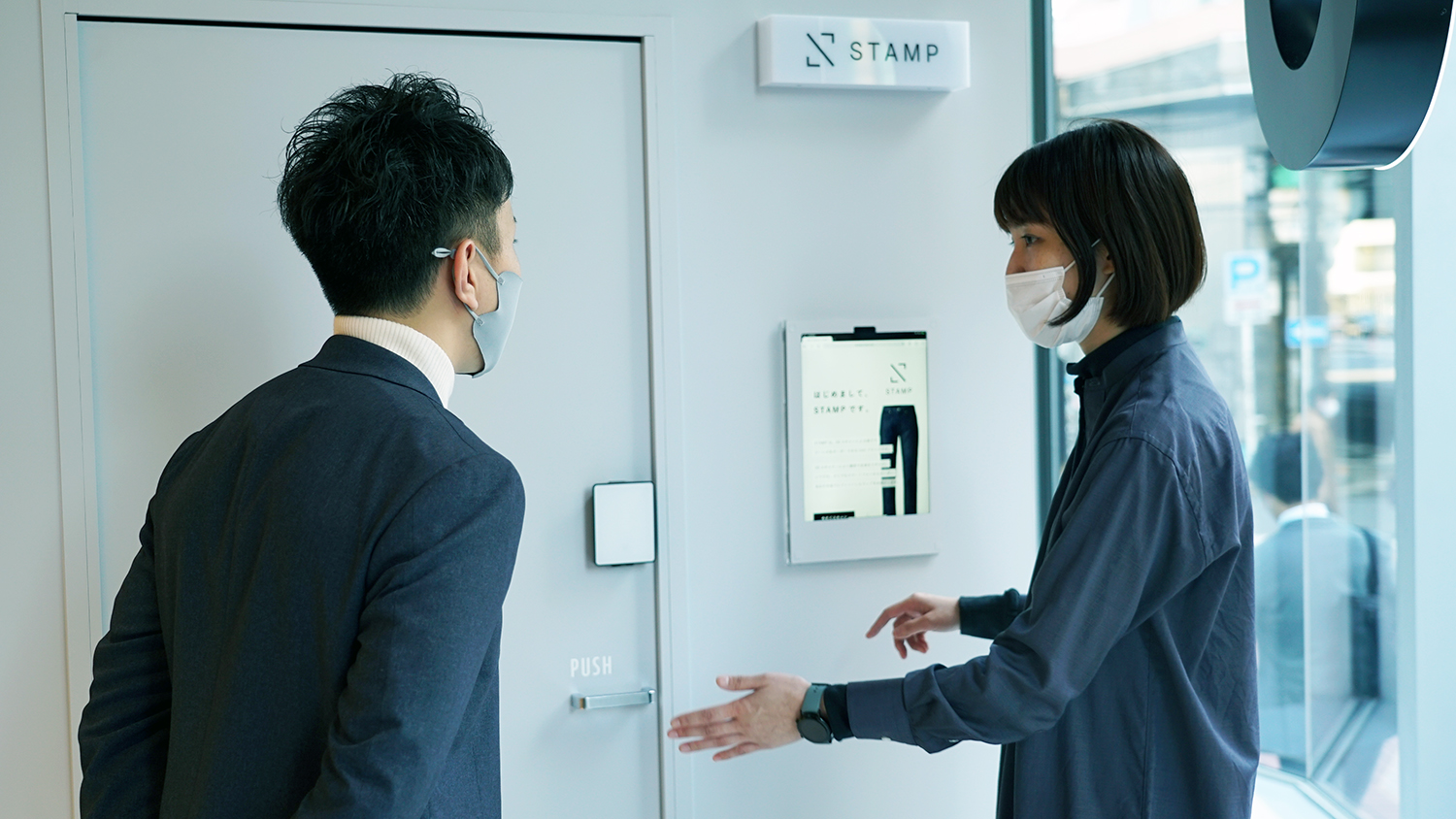
On the other hand, if a user who is already using STAMP uses the scan box again and recognizes a change in body shape, this does not apply. However, we believe that we can take a variety of approaches to encourage continued use, such as by developing the "repair service" that we are currently developing.
In addition, we have received requests from users to perform a “physical diagnosis” based on scan data. We believe that there are still more applications for our services because we have personal data, such as teaching you the difference from the average value, body type characteristics, and giving advice on styling that suits your body type.
Ex B
Personal data reveals individual worries and issues, so it is important to direct communication in a positive direction so that they can be resolved. For example, women's body shape changes greatly depending on their life stage, so I felt that if we could stay close to those changes, it would add a lot of value.
Only 1.5 tsubo, store experience closer to everyday life
Ex B
STAMP has just started developing physical stores using scan boxes, but what are your thoughts on future location strategies?
Takeuchi
That's exactly what we're looking into. The scan box itself has a fairly minimal space of about 1.5 tsubo, so it can be installed in various places, including dead spaces.
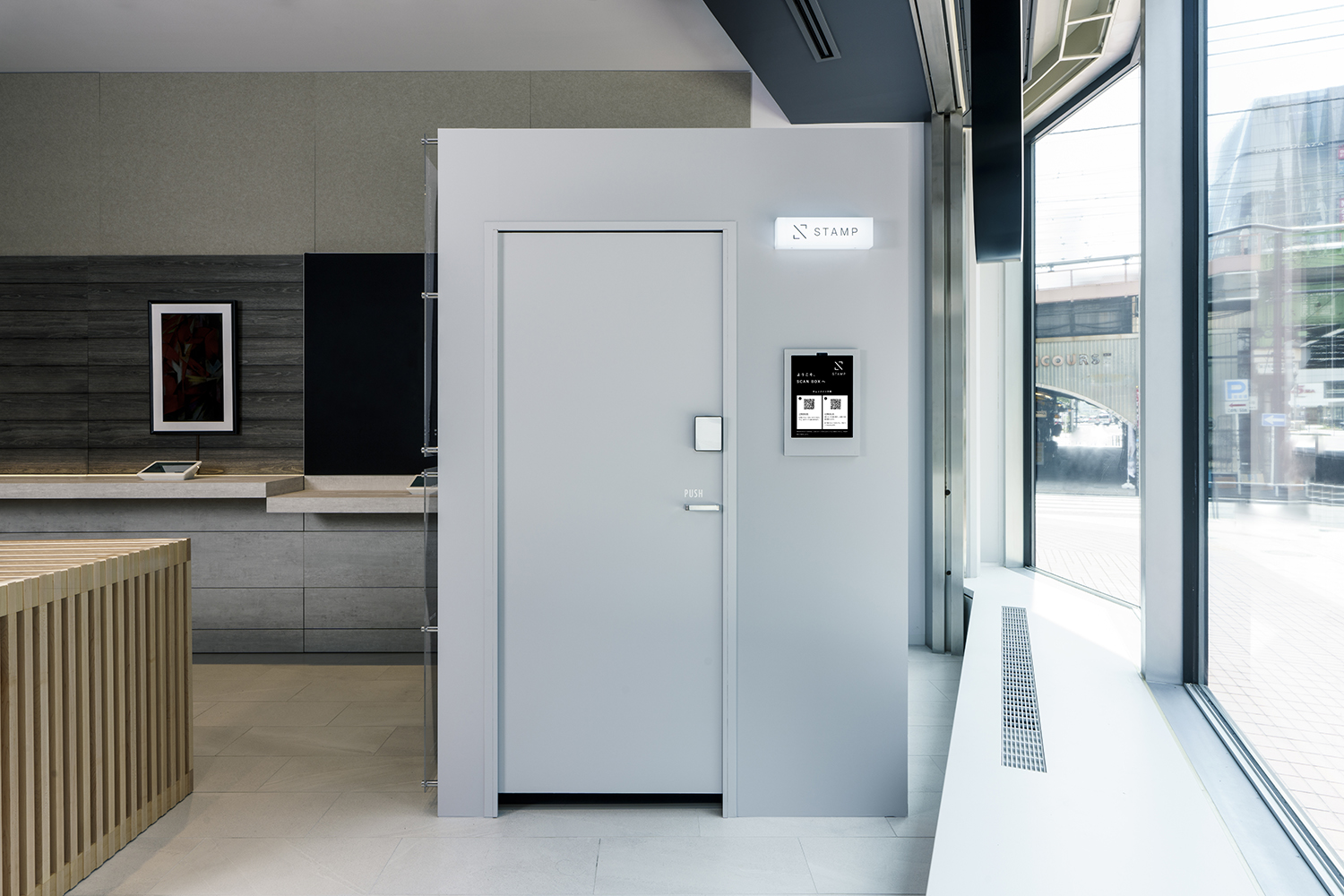
Specifically, as a future development, we would like to increase the opportunities for customers to experience it as an extension of shopping by first expanding to commercial facilities such as shopping centers. As the next step, we are considering expanding it to places closer to our daily lives. For example, we would like to make scanning more familiar by deploying it in a variety of places that are more suitable for daily life, such as stations, sports gyms, office entrance lobbies, and shared offices.
From a different point of view, we can also consider developing it as a self-scanning platform. We will challenge various possibilities, such as developing a scan spot that can be used freely across apparel brands, and focusing on daily body management and collaborating with the healthcare field. I want to
Takahashi
I think it is more important than anything else to be from the user's point of view. FABRIC TOKYO has previously opened a store on the concourse floor of a terminal station in Tokyo, where there is a lot of traffic, but despite the high traffic, it is difficult to use the service at the store. I had a bitter experience.

This experience gave me a hint that we should consider the "quality" of traffic as well as the "quantity" of traffic. Most of the traffic on the station concourse floor was for commuting. Everyone is in a hurry because they are commuting. In such a situation, even if you suddenly come to the store, you can't help but act hastily. Hurried purchases are suitable for selling souvenirs, but they are not compatible with places like FABRIC TOKYO where you can relax.
I think it's the same with cars, but you shouldn't be in a hurry when you buy it. When expanding STAMP's scan box, I think it is important to firmly understand what kind of customer journey they will take from the user's perspective.

Fusion of digital and real: store experience created by D2C brand
Information resolution is overwhelming in reality
“Experience” becomes more and more important value for brick-and-mortar stores
Ex B
In recent years, the use of e-commerce has accelerated further, and stores are no longer necessarily places where consumers aim to make purchases. In such a world, please tell us what kind of role and value STAMP envisions for physical stores and physical spaces.
Takeuchi
For STAMP, stores are the first and main touchpoints with users. In that sense, it will be the most appealing point, so I think it is the most suitable channel to convey the world view of STAMP and the goodness of the service.
Currently, the main service is a scan box, but since STAMP's service is half a step ahead of the future, we will incorporate new digital experiences and provide experiences that bring surprises and surprises. I would like to provide exciting new experiences that cannot be done anywhere else.
Ex B
After all, it means that the value of "experience" will be emphasized more and more in physical stores.
Takeuchi
I agree. The amount of information and resolution in a real space is overwhelmingly high, such as when you actually touch the product, when you move your body, and what you get from your sight, hearing, and touch. I think it's the most suitable place to convey the world view.
In addition, as an experience, surprise and unexpectedness are important elements for STAMP, so as an example, immediately after scanning, the person wearing the product is 3D printed as a figure! Or, a 3D printer knits a knit on the spot! I would like to aim to spread the topic with an experience that is full of fun and entertainment.
Also, since the scan box is currently a closed space, some female users say it's a little scary. is. The peculiar fear of public restrooms, which arises from the inability to see inside, has been skillfully dispelled through the use of a technique that is daringly appealing. From this point of view, we would like to actively work on creating topical experiences using stores.
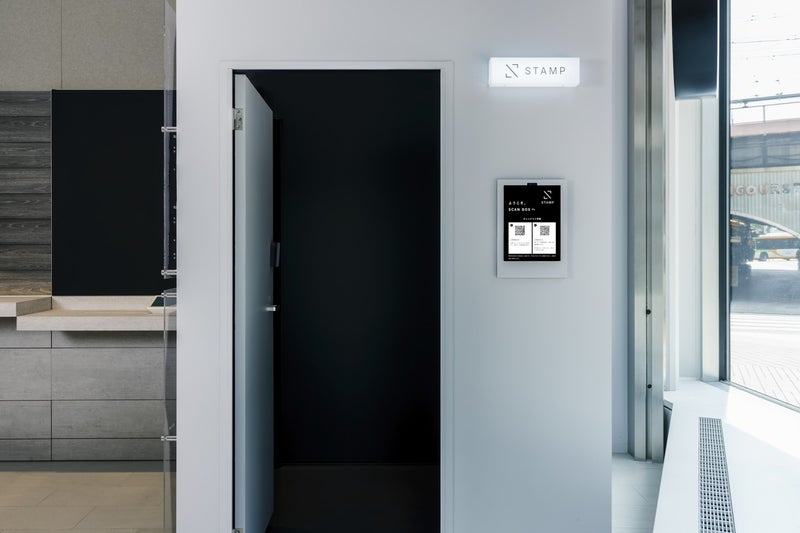
Changing “purchasing habits” through custom ware services
Takahashi
On the other hand, from a consumer's point of view, I would like to change "purchasing habits" through orderware services like STAMP. Six years ago when we launched FABRIC TOKYO, there was no culture or custom of custom-made products online. We have released and expanded our services in this environment, and I feel that this habit has steadily taken root in recent years.
An easy-to-understand example of purchasing habits is the tendency of people in their 50s and 60s to buy clothes at physical stores. I think the biggest reason for this is that I have fond memories of shopping in stores during the peak of the bubble economy in my 20s. For people of that generation, buying clothes while receiving customer service at stores such as department stores was a fun experience. The fun experiences and memories are still the driving force to continue using the store.
Like this custom of purchasing, we would like to make our made-to-order service take root in the world, and in the near future, we would like to make it a service = custom that can be used as a matter of course.
Ex B
Topic and habituation. It's a theme that feels potential even in actual stores.
Creating “real user contact points” that take advantage of the appeal of physical stores, such as the experience and high resolution of information. In addition, as online contact points such as SNS and EC become more familiar, we will supplement the lack of communication with real contact points. I feel that restructuring the points of contact between the real world and the online world from the user's point of view will be even more necessary in the creation of future spaces.
What kind of service will co-create a new form of apparel and a half-step ahead of the future?
Ex B
Lastly, please tell us what kind of prospects you have for the future of the apparel industry.
Takeuchi
In response to the rebound from fast fashion, I feel that people's thoughts these days are shifting to wanting to wear better clothes for a long time.
In addition, due to the influence of corona, we are further away from the world where fashion is consumed and consumed. The conventional business model, which is based on mass production, is approaching its limits. Under such circumstances, we would like to create a new way of apparel.
Even now, we are challenging various initiatives that cannot be done by major companies, but by communicating with each user and building new customer relationships such as creating products together with users. , I would like to make it a service that is half a step ahead of the future, which is widely accepted by users and builds long-term good relationships!

Editor's note
Through an interview with the D2C brand “STAMP”
In today's world, where things and information are overflowing, there is a demand for a personal relationship between users and brands that will approach what they need, discover issues that they themselves were unaware of, and provide solutions. It is
D2C was born there. This time, we interviewed FABRIC TOKYO's "STAMP" and conducted a case study on a service model that is almost like software that continues to improve its UX through repeated updates after its launch.
At the end of this article, I would like to comprehensively compare and organize the characteristic differences between conventional apparel brands and D2C apparel brands that I have seen through the interviews from the perspective of the 4Ps of marketing.
■ Comparison from conventional ⇔ D2C apparel brand marketing 4P perspective
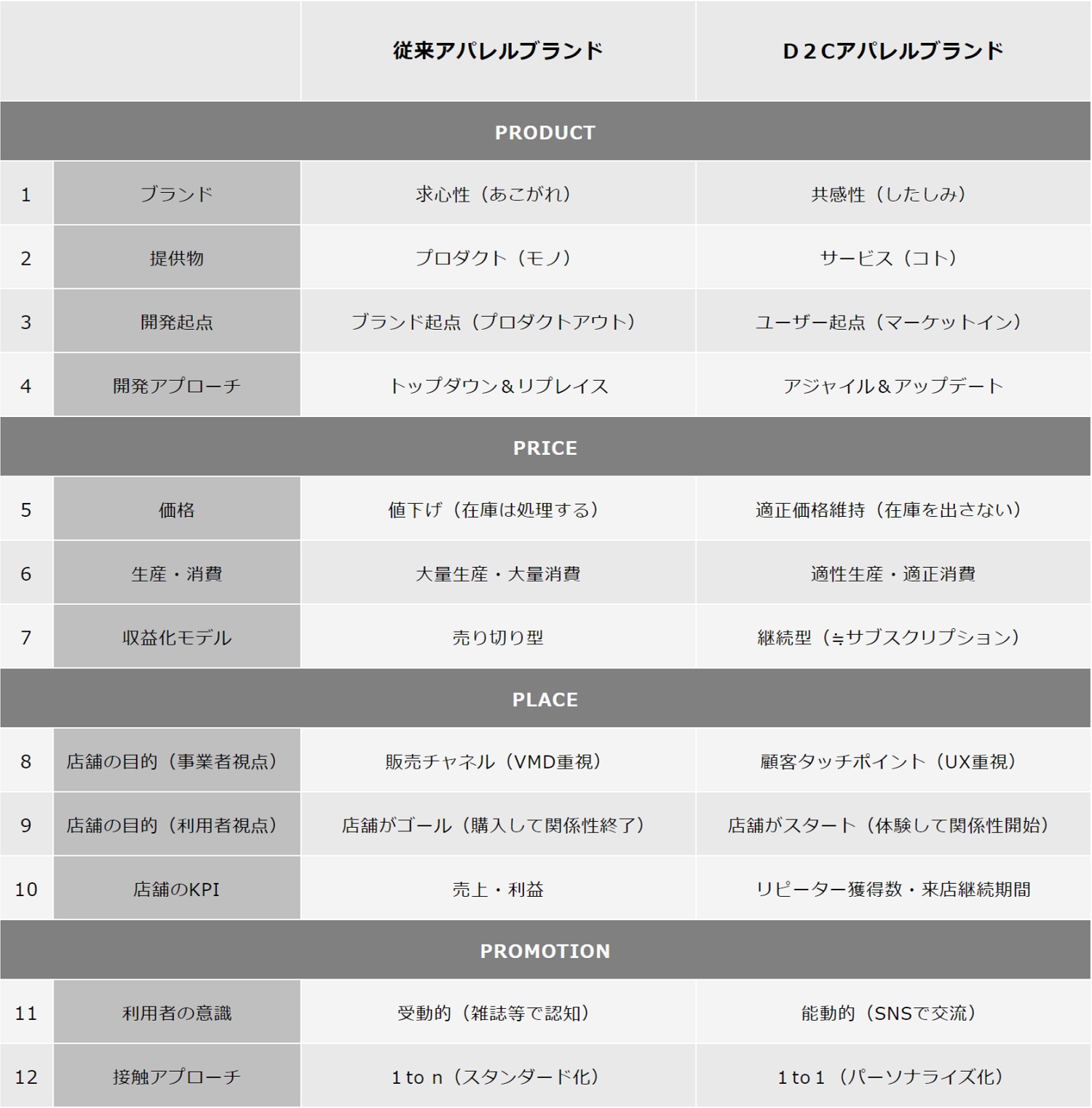
From the fact that such characteristics can be seen in many D2C brands, I feel that the tide of the commercial environment is beginning to change significantly. As customer journeys diversify and it has become natural for customers to go back and forth through various channels, including e-commerce, I strongly feel that the time has come for physical stores to rebuild their roles and provide value. It's up to you.
At ExB design farm, we propose and provide new spatial solutions that fit the changing commercial environment under the theme of "the future of spatial business." We will be posting various information including interview plans on our nomlog, so please check it out.
ExB design farm article
What are the possibilities hidden in real space? (Part 1)
What are the possibilities hidden in real space? (Part 2)
Thinking about the new normal of in-store experience
What is the value of the "third place" that can be seen only in the corona disaster?
Click here to contact ExB design farm
Read the first part of the article here
Like this article?


